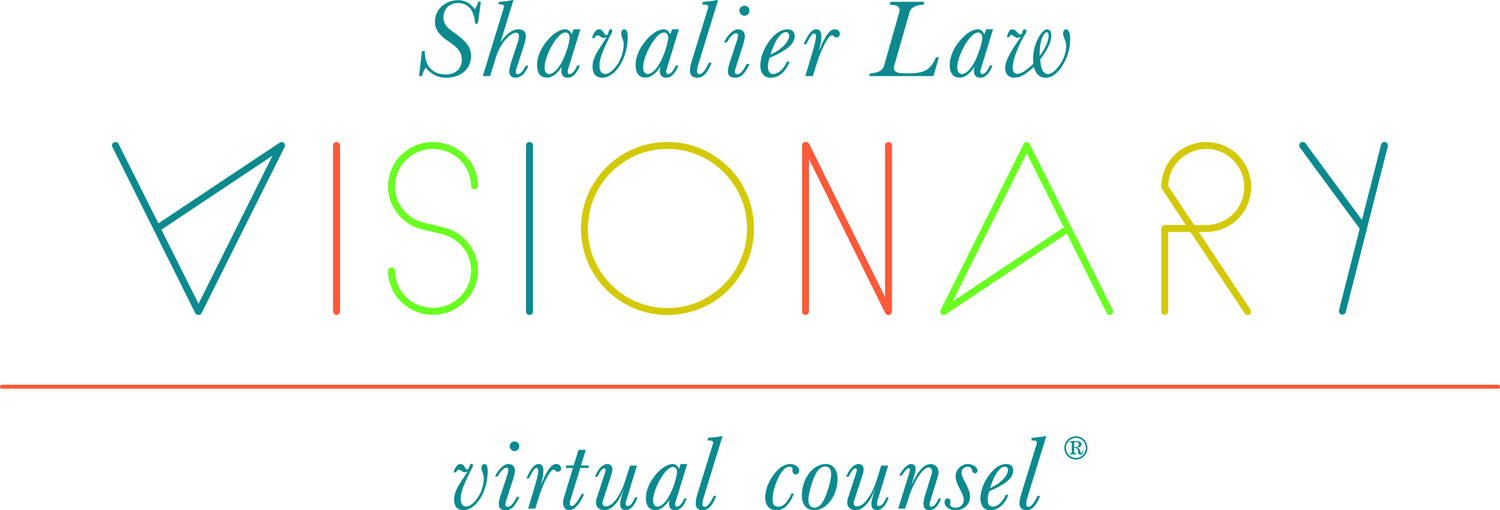Are you preparing to launch a new business, product line or program? Before selecting a name for your brand, two important factors should be carefully considered: availability and registrability.
AVAILABILITY
The first question to ask is whether the name you are considering is in fact available for you to use. Is there a mark already in existence that you might be infringing upon? While some businesses conduct no search at all, many (mistakenly) believe that their investigation is complete upon conducting a Google search and/or a search of the USPTO trademark database. These basic searches are useful in immediately eliminating potential conflicts; however, there are many other factors that must be taken into consideration. Because trademark infringement may occur where marks are phonetically similar, a basic search of the exact spelling would not accurately heed all results. Furthermore, it is entirely possible obtain superior "Common Law" rights to a mark without ever having established an Internet presence at all!
REGISTRABILITY
After determining availability, the next consideration is strength in registrability. Does the mark have a strong likelihood of registration? There is a spectrum of strength ranging from the weakest (those that are descriptive and generic) to the strongest (fanciful misspellings and coined words).
A recent example of a United States Patent & Trade Office (USPTO) denial for descriptiveness involves Google's application for the mark "Glass" relating to their Google Glass optical head mounted display product (how Google describes this product without actually using the word glass or glasses). The examining attorney deemed the mark merely descriptive of the product, which is primarily composed of glass. The strongest marks are those that are fancifully misspelled or coined words, such as: Kinkos and Xerox.
This post is a very brief introduction to the concepts of Availability & Registrability. It's important to bear in mind that the trademarking process is tedious and nuanced. If you'd like to learn more, my Trademarks 101 Teleseminar details my own search method, the TM registration process and a more thorough discussion of the topics discussed in this article.
Find this content useful? Please click the link below to share with a friend.




